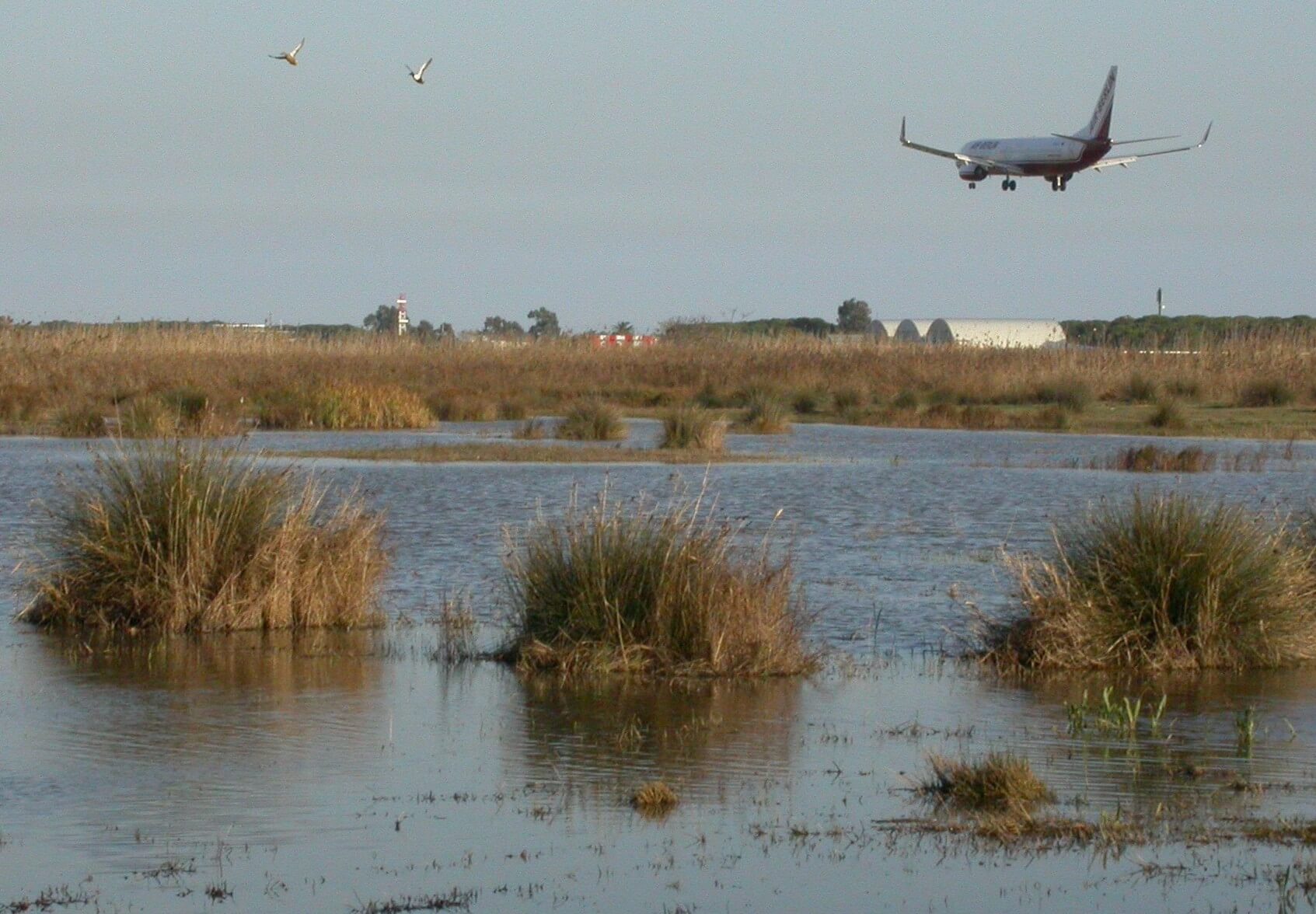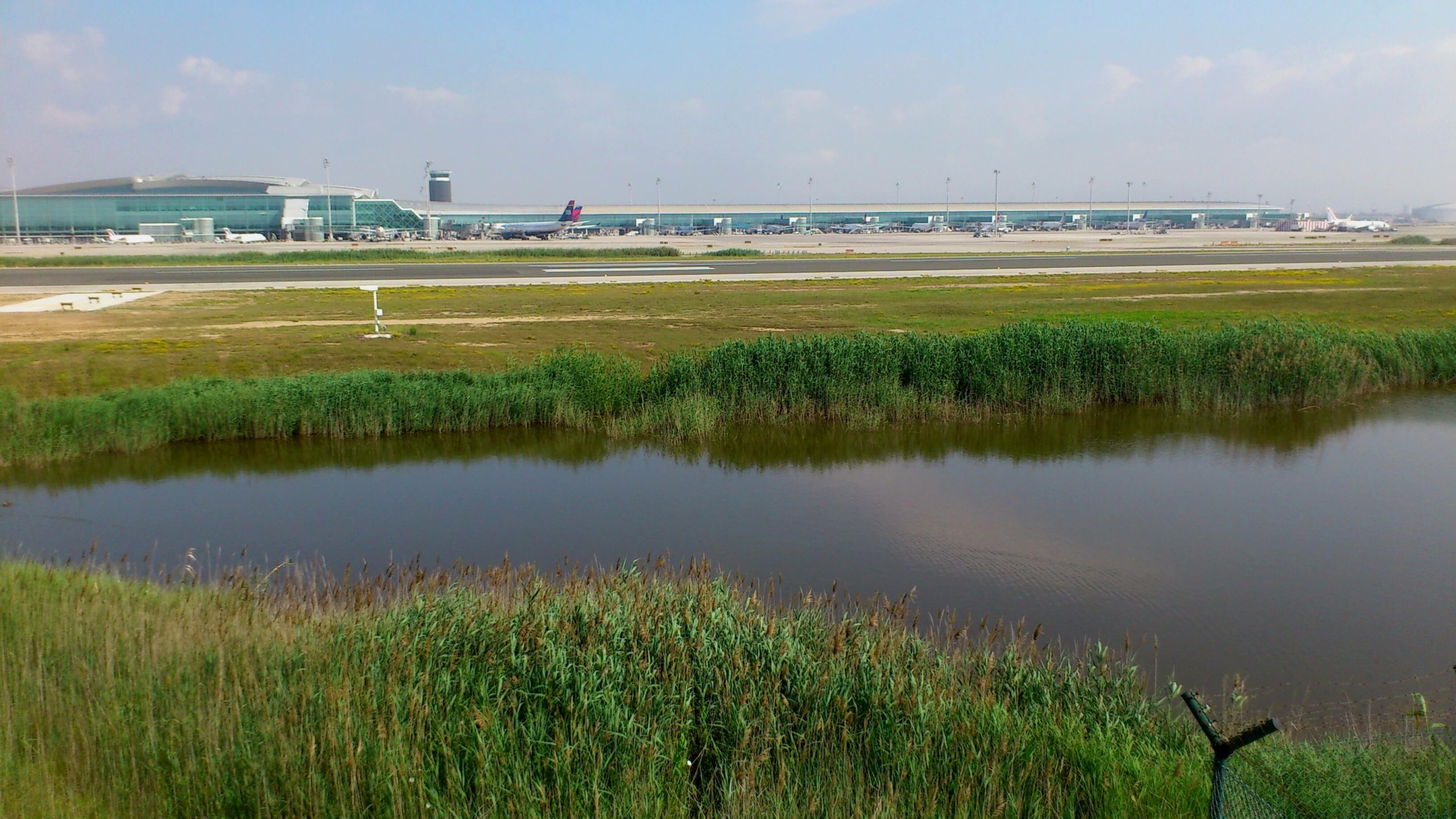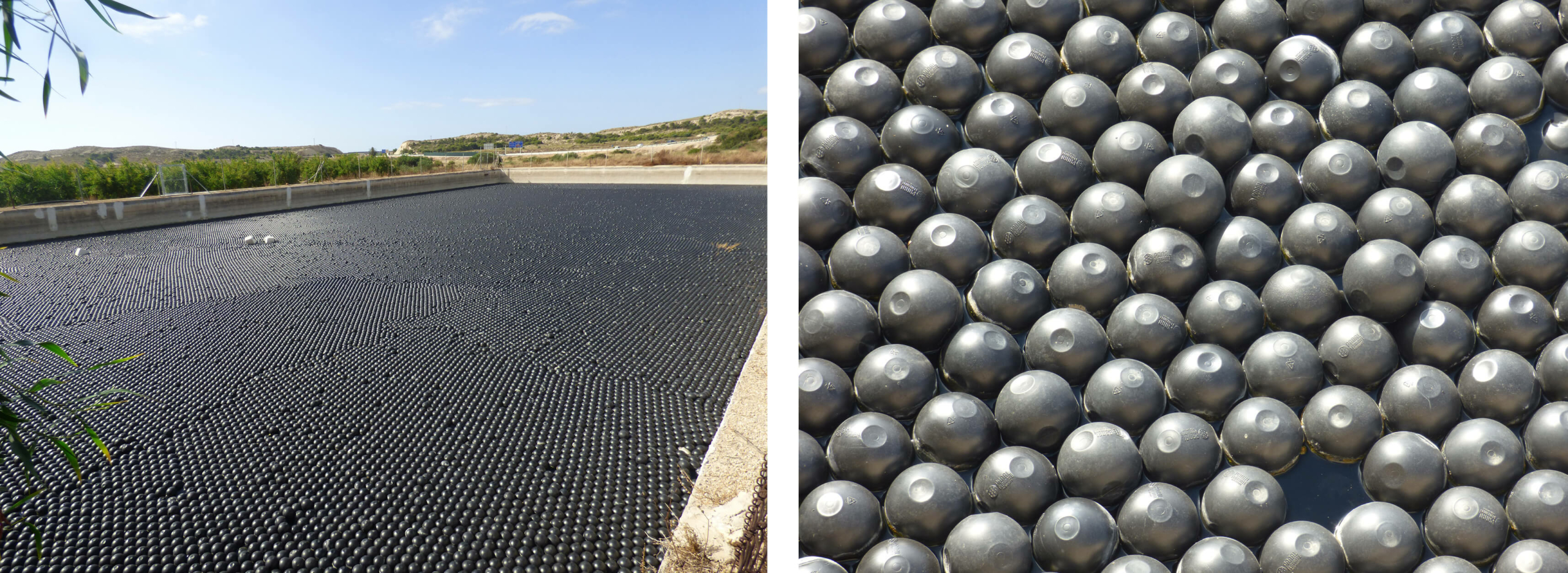RATIONALE. Measures to reduce impacts at airports
Airport management are strictly regulated by the International Civil Aviation Organization (ICAO) for safety reasons. Measures to mitigate impacts of airports on biodiversity are mainly focused on reducing wildlife mortality risks (specifically bird strikes), mainly by keeping wildlife outside airfields or at least, away from operation areas. This section provides recommendations based on these objectives.
Initiatives to enhance biodiversity at airports are applied worldwide (ICAO, 2022). Examples are the Biodiversity Action Plan from London Gatwick Airport, dedicating 75 hectares of non-operational landholding to preserve and monitor biodiversity, and the implementation of biodiversity zones at Grenoble Alpes Isère Airport, where structures to host pollinators contribute to the preservation of biodiversity.
Other initiatives such as the avoidance of glyphosate and other chemical use in airfield maintenance are widely implemented across airports and provide environmental benefits.
The presence of wildlife on an airfield or flying next to it implies a risk of collision with aircraft (Figure 5.10.20). These collisions are a cause of mortality primarily for birds and other wildlife and represent a hazard to the safety of aeronautical operations. As collisions are concentrated at low altitudes, with 80-90% happening below 500m, aerodrome operators are required to apply measures to reduce the likelihood, and severity when possible, of collision with wildlife.
Measures to minimise wildlife mortality must be included at the design phase of an airport, and cover the whole airport installation including the buildings. The main goal of such measures should be to reduce the attractiveness of the airfield and its vicinity to wildlife. The less attractive it is, the lower the presence of animals will be and therefore the lower the likelihood of collision with aircraft. Building must also be adapted particularly to reduce bird collision with windows and glass walls (see Section 5.6.2 – Noise).
The International Civil Aviation Organization (ICAO) has established that each airport must develop a Wildlife Hazard Management Programme (WHMP) which describes a global strategy to be undertaken by the airport operator and includes, among other aspects:
- airfield wildlife and habitat studies
- wildlife safety risk assessment
- measures to be applied to address the risk of collision between wildlife and aircraft
- procedures for communication within internal and external stakeholders
- procedures to gather and record data on incidents involving wildlife.
The hazard of a collision with wildlife is site dependent, influenced by variables like climate, wildlife communities, landscape, etc., meaning that there is no one solution that fits every situation. Measures must be designed following the characteristics of each airport and based on existing data on the presence of wildlife and statistics about collisions, as contained in the airport wildlife safety risk assessment. An adaptive management strategy is also recommended to ensure measures are constantly adjusted to current contexts. Effective and proven measures must be prioritised and a monitoring programme should be in place to guarantee the effectiveness of measures at each site, with individual assessment whenever possible.
A proposed classification for measures to be included in the WHMP is:
- Habitat management. These must be the first measures to be considered for application at airports (Figure 5.10.21; see Section 5.7.1 – Verges and other green areas and Section 5.7.2 – Ponds and other blue areas). Although habitat management measures are usually more expensive than other possible techniques, they bring long-term effectiveness, improving the cost-benefit ratio with time. The presence of wildlife is minimised in areas with high risk of mortality through avoidance measures, mainly by reducing water, food and shelter available to wildlife. Some examples of habitat management measures are:
- elimination of potential bird perching sites
- filling in holes present in buildings, eliminating potential nest sites
- reducing the habitats suitable for invertebrates or small mammals, contribute to avoid the attraction of bird of prey
- provision of alternative habitats attractive to wildlife far from operation areas.
- Exclusion measures. When removing a resource attractive to wildlife cannot be undertaken, measures to prevent wildlife access to it should be applied. The ICAO require the installation of a perimeter fence to avoid the presence of terrestrial fauna on the airfield (see Section 5.2 – Fencing). There are several other exclusion measures which can be installed in different situations to keep wildlife away from attractive elements. Some examples are floating balls (Figure 5.10.22) to deter birds from water channels, and spikes or nets installed on buildings to avoid bird perching or nesting.
- Expulsion measures. Even using the most adequate preventive measures, wildlife can still access an airfield, increasing the risk to aircraft from collision, so corrective measures are also needed. A well-trained wildlife control staff which expels or captures animals that present an immediate collision hazard is key. Expulsion measures to be applied are selected depending on the species present at each individual airport, and can include acoustic, visual and chemical repellents, use of trained predators (dogs or falconry) or unmanned aerial vehicles (raptor-shaped drones). Such measures must move the animals to safe areas, avoiding any risk of harm to the wildlife.
- Capture and translocation measures. These measures can be useful to reduce wildlife populationson the airfield and mitigate risks of collision with individual animals which are seen to frequent the airfield. Animals should be captured with appropriate methods and released in safe areas. These measures are often applied to protect raptors but also other species such as foxes which can access and even live permanently inside airfields. The use of these measures on protected or sensitive species must be very well justified to minimize adverse effects on their populations. Some key features to consider are to individually mark each captured individual, which enables an assessment of their return rate to the airfield, and to relocate them to suitable areas at considerable distance to reduce the likelihood of returning. Habitat management which reduces the attractiveness of the airfield is recommended to achieve a more permanent solution.
Birds and bats are not limited to airfield boundaries, so mitigation measures should also be applied in the surroundings of airports. Following the guidelines of ICAO, airport operators must assess the surroundings up to a distance of 13km to identify land uses or activities that drive bird movements (see Section 5.7.1 – Verges and other green areas). Some land uses to take into account are waste treatment facilities, crops, wildlife refuges, farms and water bodies. Measures applied in these areas should be coordinated between airport operators and all relevant stakeholders. Ensuring effective communication and dissemination procedures among stakeholders is required to facilitate cooperation and coordination of wildlife management at the airport and its vicinity. This multi-stakeholder approach should include:
- airport operators, who are responsible for the application of measures at the airport
- all stakeholders carrying out activities surrounding the airport that attract wildlife, who are responsible for applying the measures on their respective lands
- environmental, civil aviation, and local authorities, to ensure all appropriate authorisations are in place
- airlines, which are responsible for training pilots and providing airport operators with specific data to maintain the required database which monitors conflicts
- land planners and other relevant agents depending on each airport.
Communication and dissemination procedures between the airport operator and the different stakeholders are required, as is a local wildlife committee with the participation of all the stakeholders to facilitate the communication, cooperation, and coordination of wildlife management at the airport and the vicinity.


